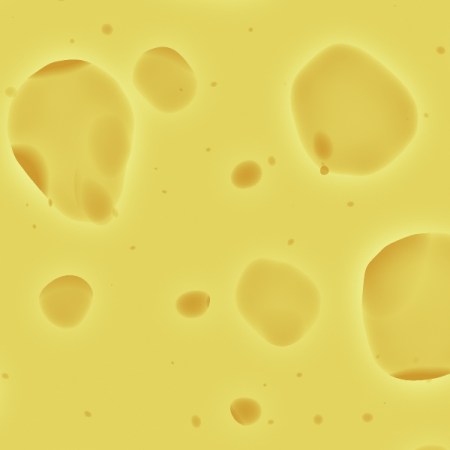

Researchers at the ETH in Zurich have made the lightest gold foam ever. 98 percent of it is made from protein fibers derived from milk (just 2 percent is gold). And even though it looks like pure gold, it’s light enough to float on top of a cappuccino, according to a press release.
Solid foams like these are made when the liquid in a gel is replaced with air. The structure is overall left the same, which leaves the resulting material mechanically strong but without any weight from water. Depending on what the fibers in the foam are made of, it could even be biocompatible or biodegradable.
To make the lightweight gold foam, the researchers decided to use amyloid fibrils, proteins that usually dissolve into liquid (like milk) and are known to play a role in human biology (plaques of this material build up in the brains of people with Alzheimer’s, though no one is quite sure why). They suspended these proteins in water, and then combined them with gold particles of different sizes, and salt to help them keep their shape. The researchers then painstakingly dried out the gels using carbon dioxide, since just leaving it open to the air would have destroyed the delicate protein structure.

The researchers used this process to make three different foams: One without any gold, one with gold microparticles, and one with slightly larger gold nanoparticles. The resulting materials were strong and easy to compress, but, interestingly, only the foam with nanoparticles resembled a gold alloy to the naked eye. It seems that the size of the gold particles slightly changed the structure; the smaller particles gave the foam a reddish hue.
The lightweight gold foam would probably be too expensive to insulate your house with, but it might have other interesting applications. The researchers hypothesize that watches or jewelry could be made from it, since it looks just like typical gold. It would also be an excellent catalyst in scientific experiments because it’s so porous, allowing chemicals to react with the gold particles all the way through the foam. It could even be used in pressure sensors, the researchers say; though the foam doesn’t conduct electricity under typical room conditions, the gold particles touch when the foam is compressed, allowing electricity to move through it.
The researchers published their study this week in the journal Advanced Materials.







